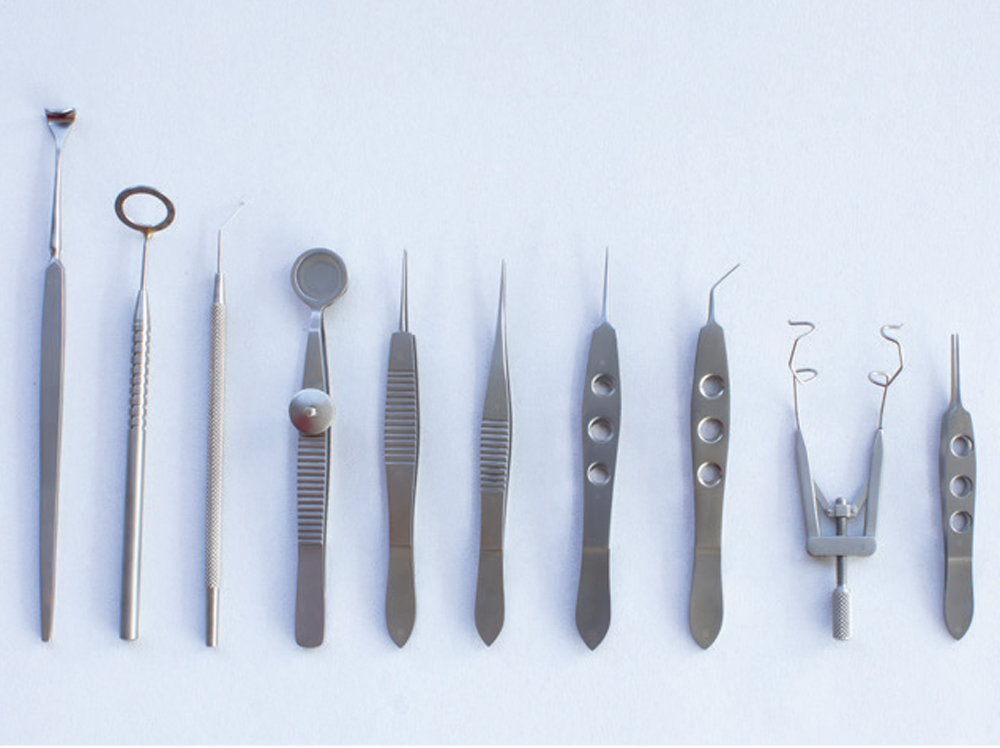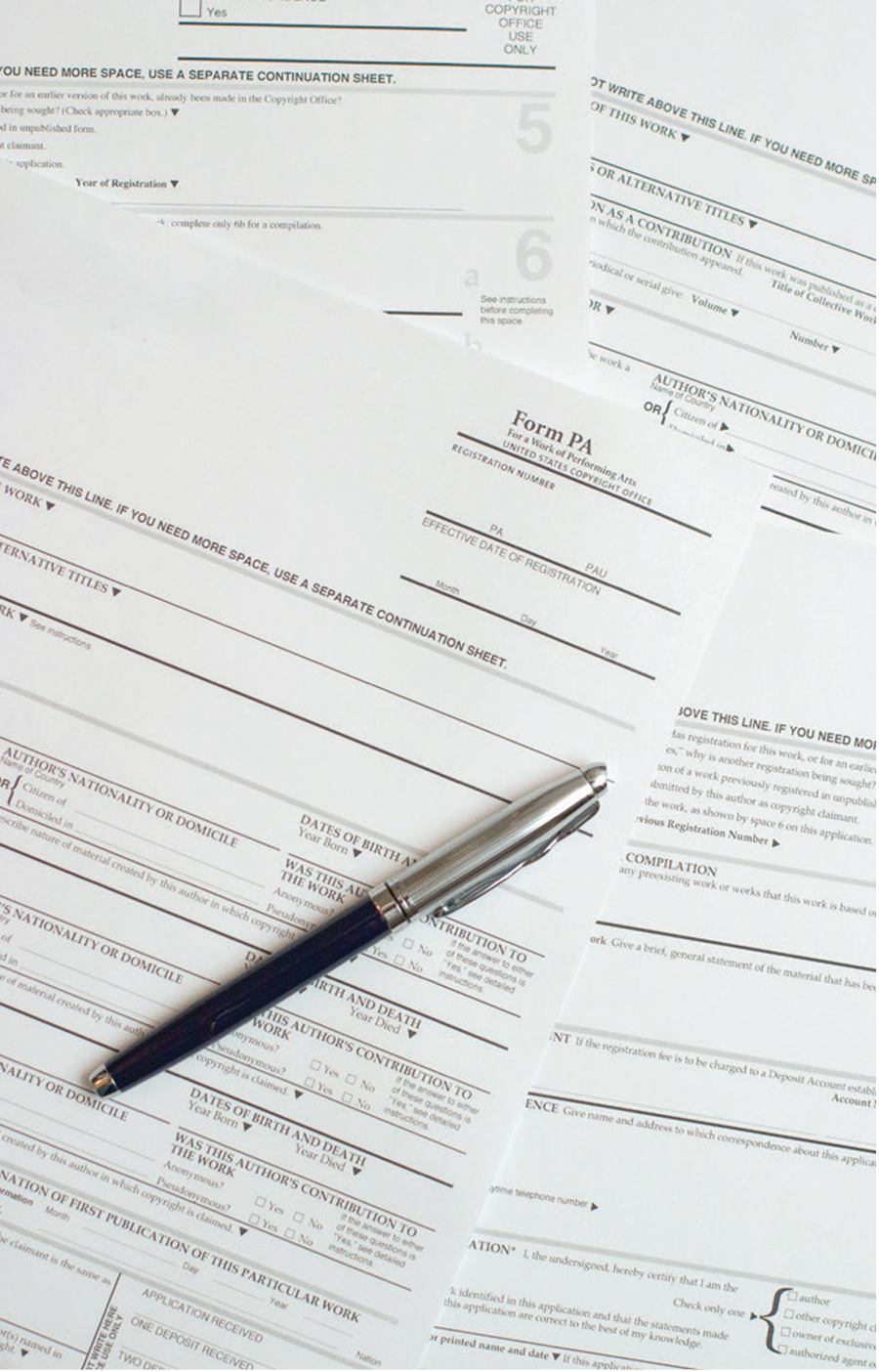Do you have an idea for a new instrument or a modification to one that complements your surgical technique? Here, a surgeon shares his experience designing custom instruments and a product development expert explains how to take your design to a manufacturer.
The Idea
 |
| Many instrument-making companies have engineers who can help you develop your instrument, says Uday Devgan, MD. (Photo: Getty Images.) |
The custom instrument journey depends in large part on your own goals, experts say. Some doctor entrepreneurs are interested in creating and managing a company (i.e., an instrument start-up), while others simply want to bring a new instrument to market or use it themselves.
Regardless, Matthew Chapin, senior vice president of the Asset Development & Partnering Group at Ora, an ophthalmic product development company based in Andover, Massachusetts, says that when developing your instrument, one of your first steps should be thinking about the endgame.
“Whenever you set out to develop a new product, it’s important to map out the ultimate goal,” he says. “Begin with the end in mind. When a new idea from a doctor comes across my desk, I ask the following:
— How will the instrument or device be used?
— What unmet need is it going to fill?
— Is it solving an actual problem?
— Is it a groundbreaking new tool?
“It’s one thing for a doctor to come up with a new tool that helps them in their practice. The question is, is this tool something that all of their colleagues would also use?” Mr. Chapin says. “When developing your instrument, you need to ask yourself, ‘What kind of impact will the instrument have? How will using it affect the length of the procedure? How will that in turn affect patient flow?’
“These things need to be balanced,” he continues. “An instrument that’s clinically useful but leads to the procedure taking a long time will ultimately reduce the doctor’s case capacity. On the other hand, an instrument that can increase capacity, efficiency and quality of care has high value.”
Those performing surgery are often the first to identify a need for something new or different. “I thought it would be useful to be able to measure my capsulorhexis as I’m making it,” says Uday Devgan, MD, FACS, FRCS, chief of ophthalmology at Olive View UCLA Medical Center, a clinical professor at the UCLA School of Medicine, and in private practice at Devgan Eye Surgery in Los Angeles. Many of his instruments include measurement marks. “My capsulorhexis forceps have marks at 2.5 and 5 mm from the tip to measure the radius and diameter of the capsulorhexis. I like my instruments to have more than one use.”
Patents
 |
| Be sure to file for a patent before speaking with companies or investors. (Photo: Getty Images.) |
“If you have a really great idea, ask yourself: Do I want to patent this idea? Do I want royalties?” Dr. Devgan says. “I don’t receive royalties for my instruments. The good thing about that is that companies may promote your instruments more when they don’t have to pay you royalties. Do you want to get your instrument out there with your name on it just to help people or do you also want to make some money? If you want to make money, be sure to patent the instrument and negotiate royalties.”
Mr. Chapin says you should start talking to a patent attorney early on, once you have an idea. Historically, the person who created an invention first had patent priority, but since 2013 when the first-to-file rule was instituted in the America Invents Act, the applicant who files their patent application first receives priority.
“There are two elements to intellectual property patents,” Mr. Chapin explains. “The first is freedom to operate. Is there someone else out there who’s blocking you—i.e., are you going to be able to develop and commercialize this product without having to license someone else’s product? The second part is: Is your invention patentable? Does it pass the novelty hurdle? Are there a lot of prior inventions already out there that would get in the way of being granted a patent at the patent office?
“These are all discussions that should happen as early as possible in the process,” he says. “You certainly don’t want to be talking to any companies or investors until you have a patent filed.”
Manufacturers
Once you have a patent, Mr. Chapin says you can begin speaking with companies to see if anyone wants to pick up your product. “It’s always incredibly valuable to talk to companies early on and see what they’re interested in,” he says. “You can learn a lot. There may be certain aspects of your instrument that they comment on that can be modified early in the process.
| More Questions to Ask Yourself Here are some other key questions to think about as you develop your custom instrument: |
“Any value coming to a doctor will likely be some type of royalty, rather than a huge buyout upfront, unless it’s a real game-changer,” he adds. “If you’re not interested in larger commercialization, it’ll come down to the type of instrument and whether the company can produce it on a scale small enough for you and your practice.”
If you go to an instrument maker directly with your drafts and ideas, Dr. Devgan points out that many of these companies have engineers you can work with to develop your instrument. “They’re incredibly bright people and come up with some great ideas for you,” he says. “If the company has a similar instrument, you can start with that and modify it. You’ll go through various iterations and your instrument will evolve. The manufacturer will make it for you to test. These companies want to partner up and make great instruments.
“Materials choice is important,” he adds. “My instruments are made of titanium. The advantage of titanium is that it lasts longer than steel, and surgeons only have to buy the instrument once, which is also better for the environment. If you’re looking for royalties, you may choose to go with disposable instruments so surgeons will buy them over and over again.”
Building Value
To build more value into your invention before pitching it to companies, Mr. Chapin says that doctors can personally invest or fundraise to design and engineer prototypes or run some clinical trials to make the instrument more attractive to companies. “Then, the doctor can sell the instrument for a much higher amount to a consulting company for a license or an acquisition,” he says. “If the instrument or device is worth more, this obviously entails more cost and risk.”
Feedback from Peers
Getting feedback from your colleagues is also important. “You can conduct a small market survey among your colleagues,” Mr. Chapin says. “With online surveys, doctors should be able to get a couple dozen survey responses pretty quickly. This will provide valuable data on how other doctors view it or how they’d use it. That’s all useful information for the entrepreneur to take to a company or to investors, if they’re raising money.
“Ophthalmology also has many great conferences for networking,” he adds. “Networking is a great place to start when you’re developing a new product. Events such as Eyecelerator at the ASCRS and AAO meetings and the Ophthalmology Innovation Source summits are where industry comes together. You have doctors, pharmaceutical and device companies and investors all together in one room. There are unique opportunities there.”
Dr. Colvard is a surgeon at the Colvard-Kandavel Eye Center in Los Angeles and a clinical professor of ophthalmology at the Keck School of Medicine of the University of Southern California. Dr. Charles is the founder of the Charles Retina Institute in Germantown, Tennessee.





